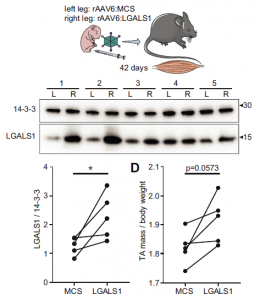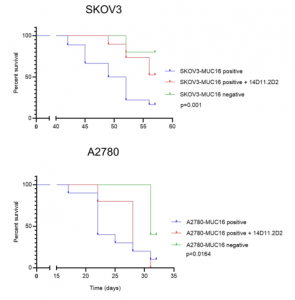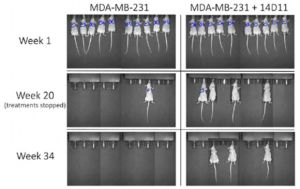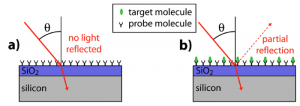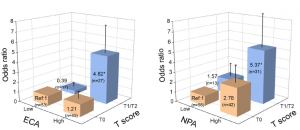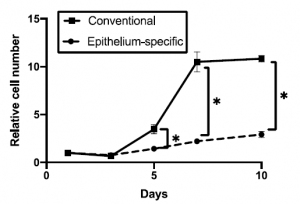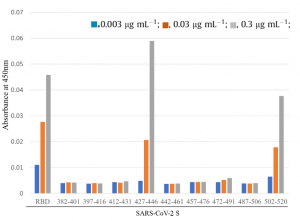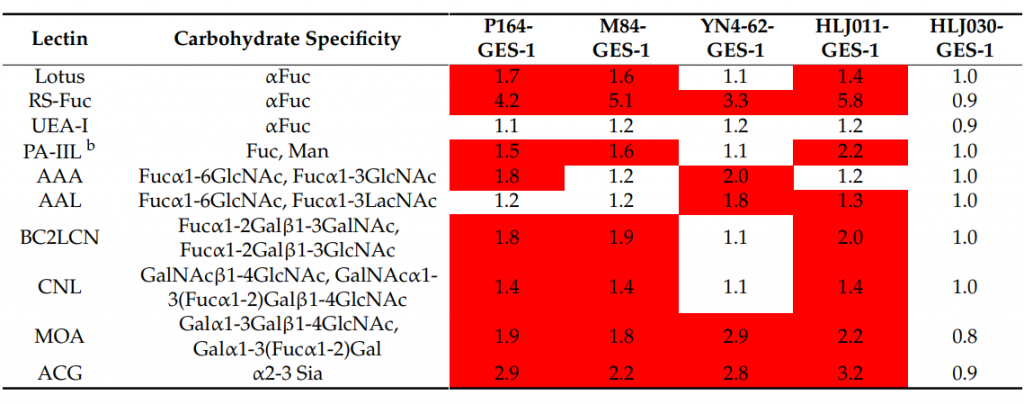Excessive complement activation occurs in kidneys of patients with the new coronavirus (COVID-19)
A group from Friedrich-Alexander-University (FAU) Erlangen-Nürnberg, etc. has reported excessive complement activation in kidneys of patients with the new coronavirus (COVID-19).
https://www.ncbi.nlm.nih.gov/pmc/articles/PMC7878379/
COVID-19 causes severe acute respiratory syndrome (ARDS), and the tissue damage is not restricted to lungs but also develop cardiac and kidney injury. In the case of kidneys, the glomerules and tubules seem to be damaged. Excessive activation of complements develops excessive membrane attack complex (MAC) resulting in damage of the glomerular and tubular tissues.
The table below shows a comparison of the level of complement expression among COVID-19 and typical kidney diseases comparing with a control.
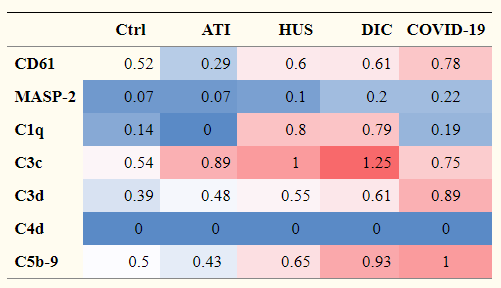
ATI: acute tubular injury
HUS: hemolytic uremic syndrome
DIC: disseminated intravascular coagulation

